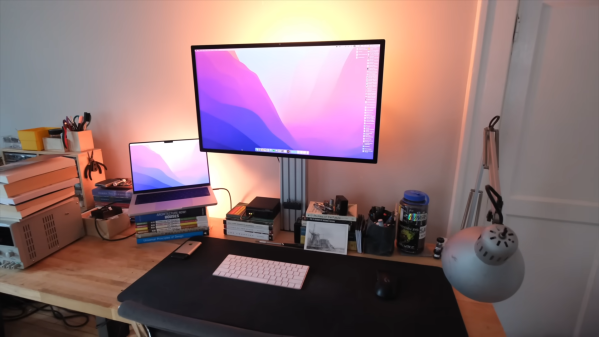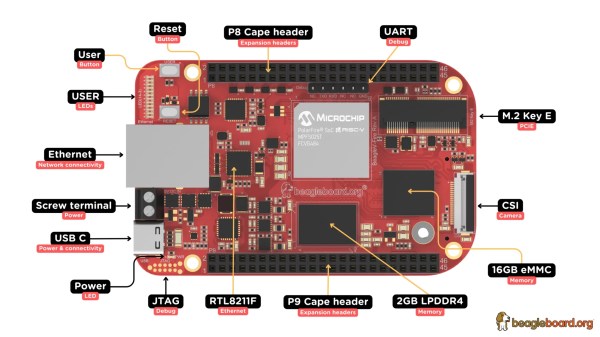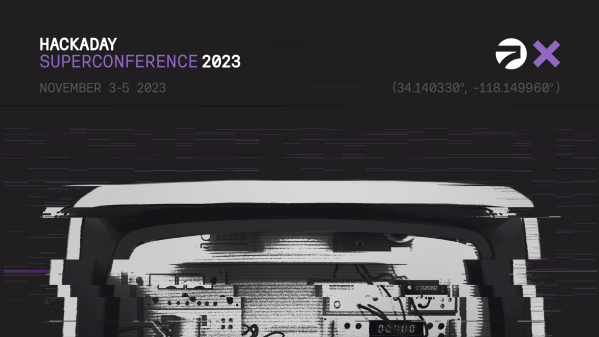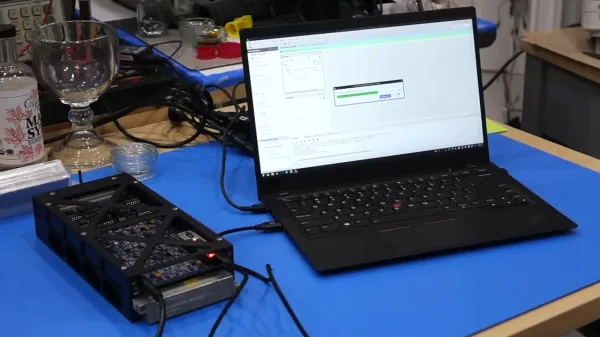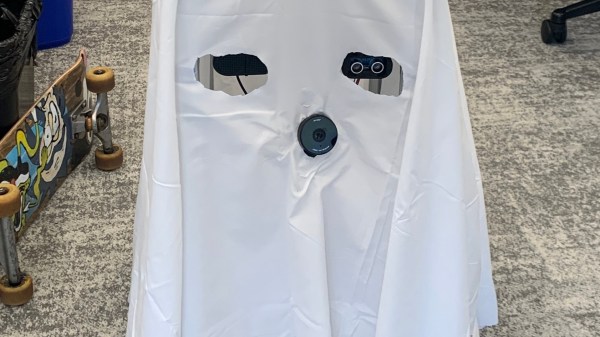Monitor stands vary wildly in price, from a few cents for a pile of books from a thrift store to hundreds of dollars. One trendy style, as [Steven Bennett] puts it, is the “General Grievous,” with adjustable arms splayed around a central pole. While effective, it is not particularly aesthetically pleasing. [Steven] set out to make his monitor stand out of extruded aluminum.
[Steven] started with a cantilever design with a VESA adapter and a c-clamp. With some 3D-printed adapter brackets, he could attach them directly to the tracks in the aluminum. Of course, the 3D printed parts, while great for prototyping, might not be the best choice for the loads he was planning on. He sent it off to a fab to get some powder-coated steel parts. After using it for a few months, he revisited the drawing board. Moving away from the cantilever with an offset center post, he switched to a single 1×4 piece of aluminum. This allowed him to create 3D-printed attachments to hold his headphones, flash drives, and cables. A build guide is available online, as well as printable add-ons.
While it doesn’t have a built-in computer like this glorious wooden stand, we can’t deny the utility or the aesthetic of the aluminum version.
Video after the break.
Continue reading “Custom Aluminum Monitor Stand For The Home Office”

